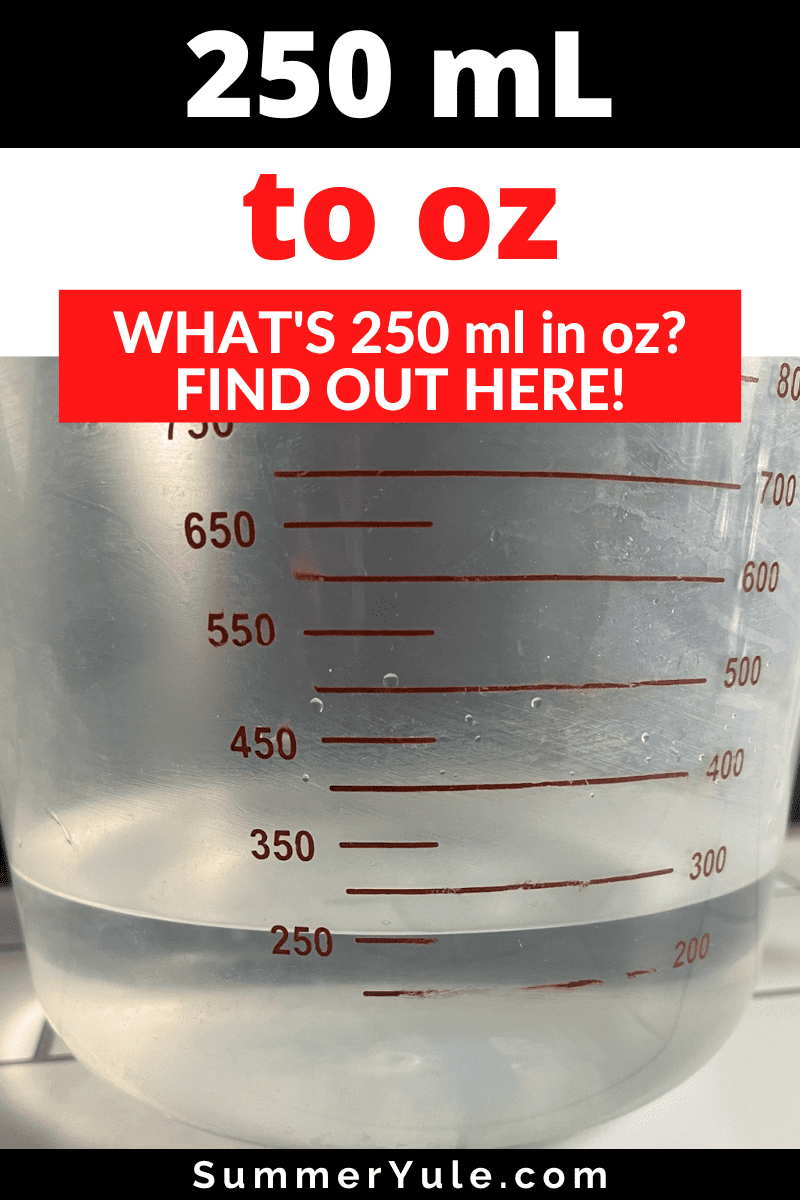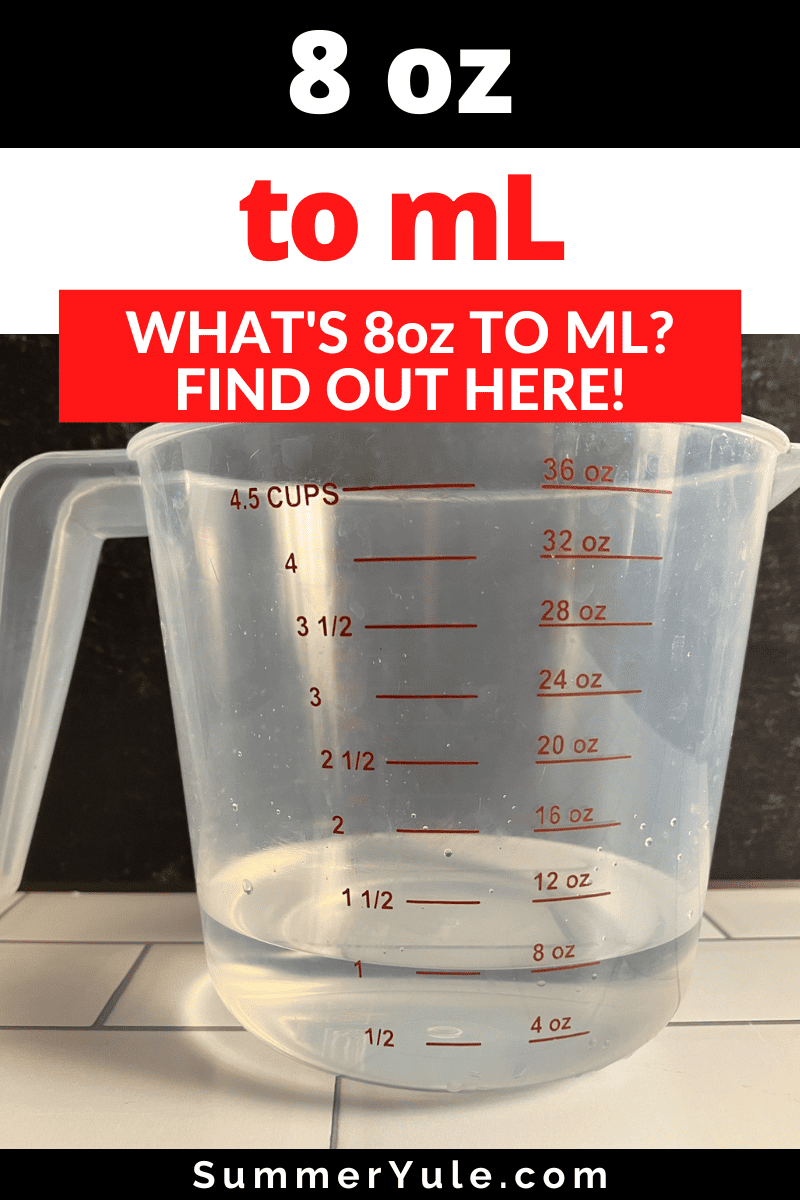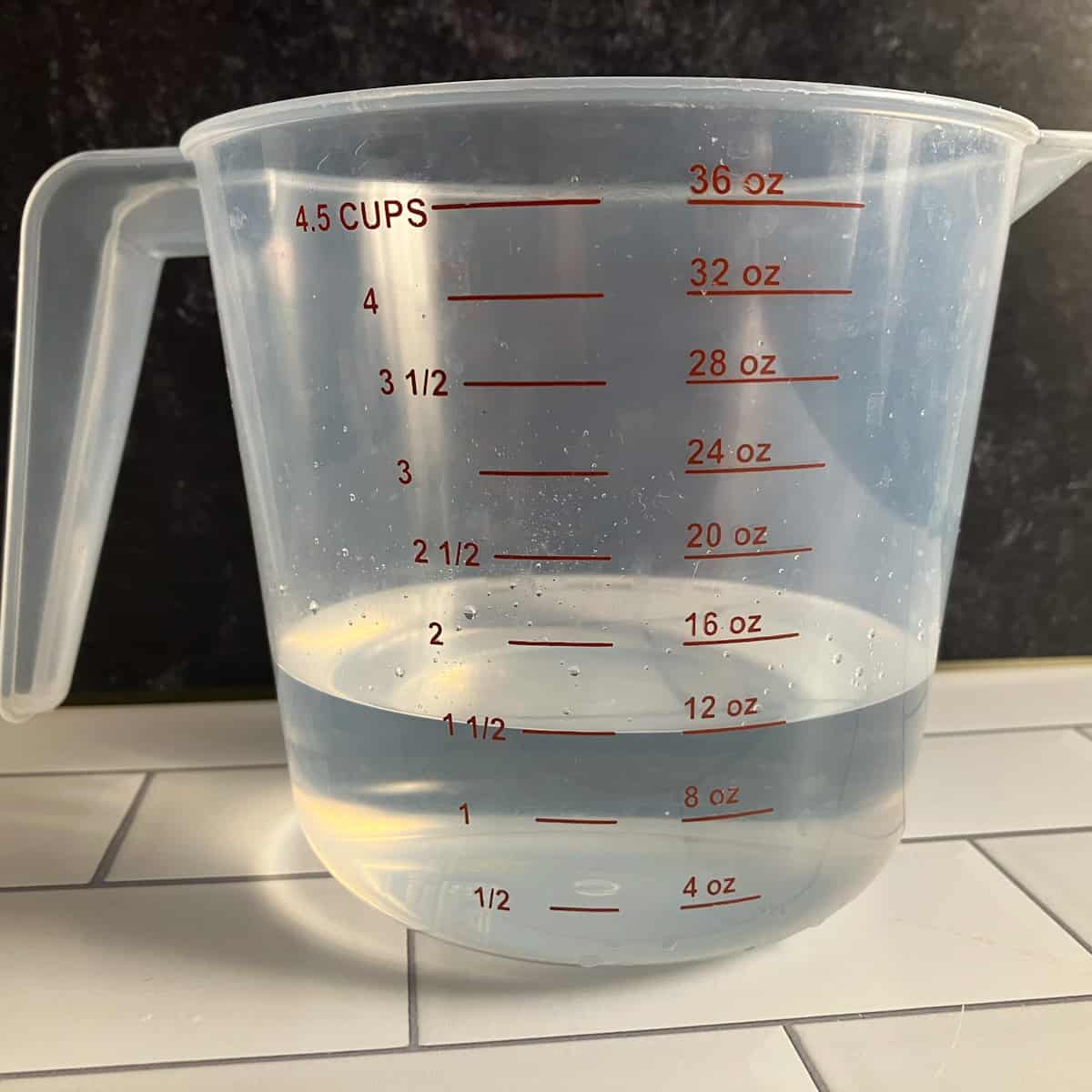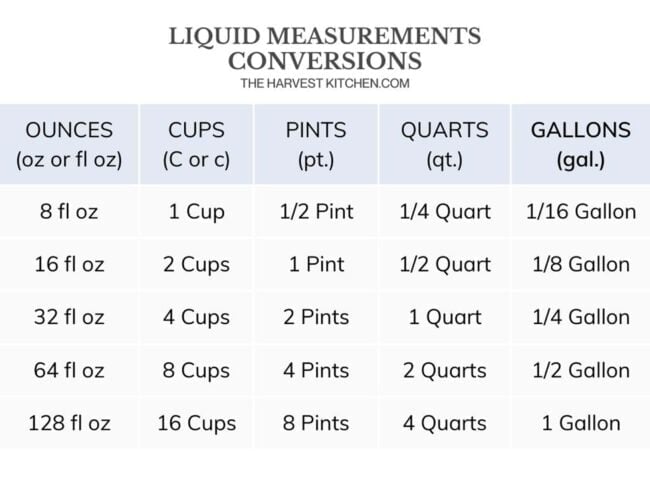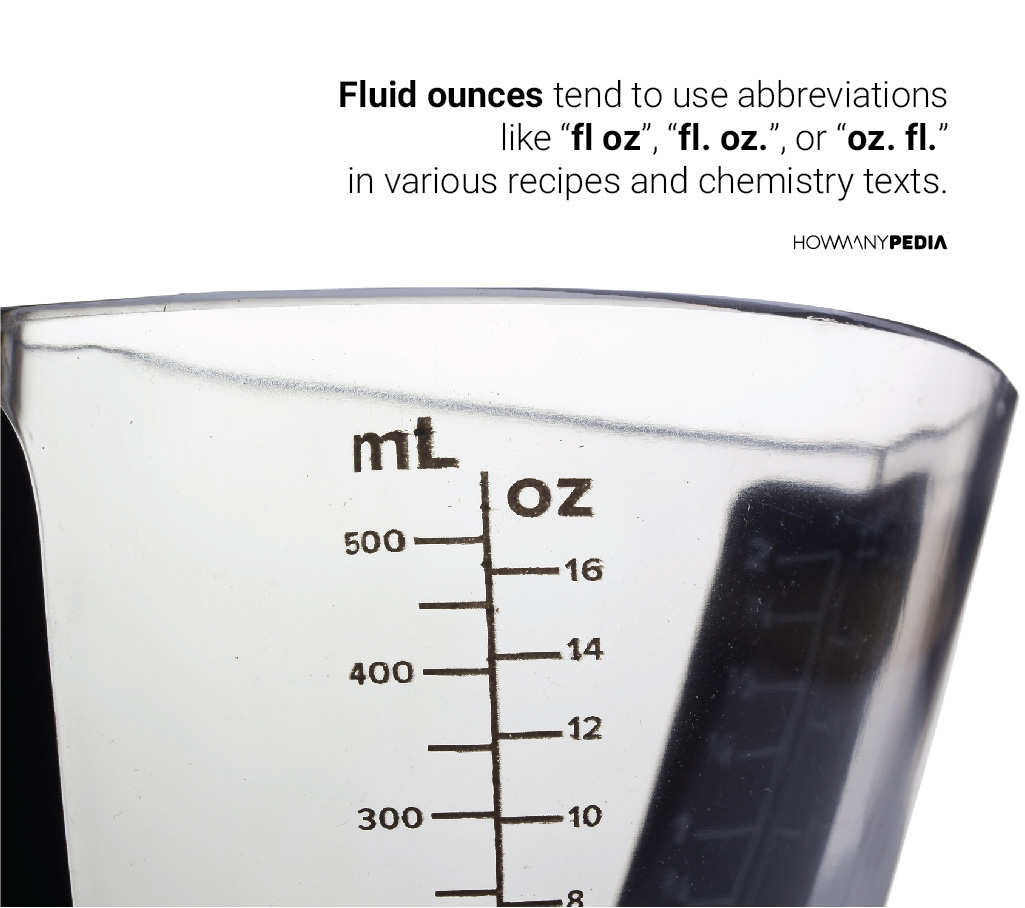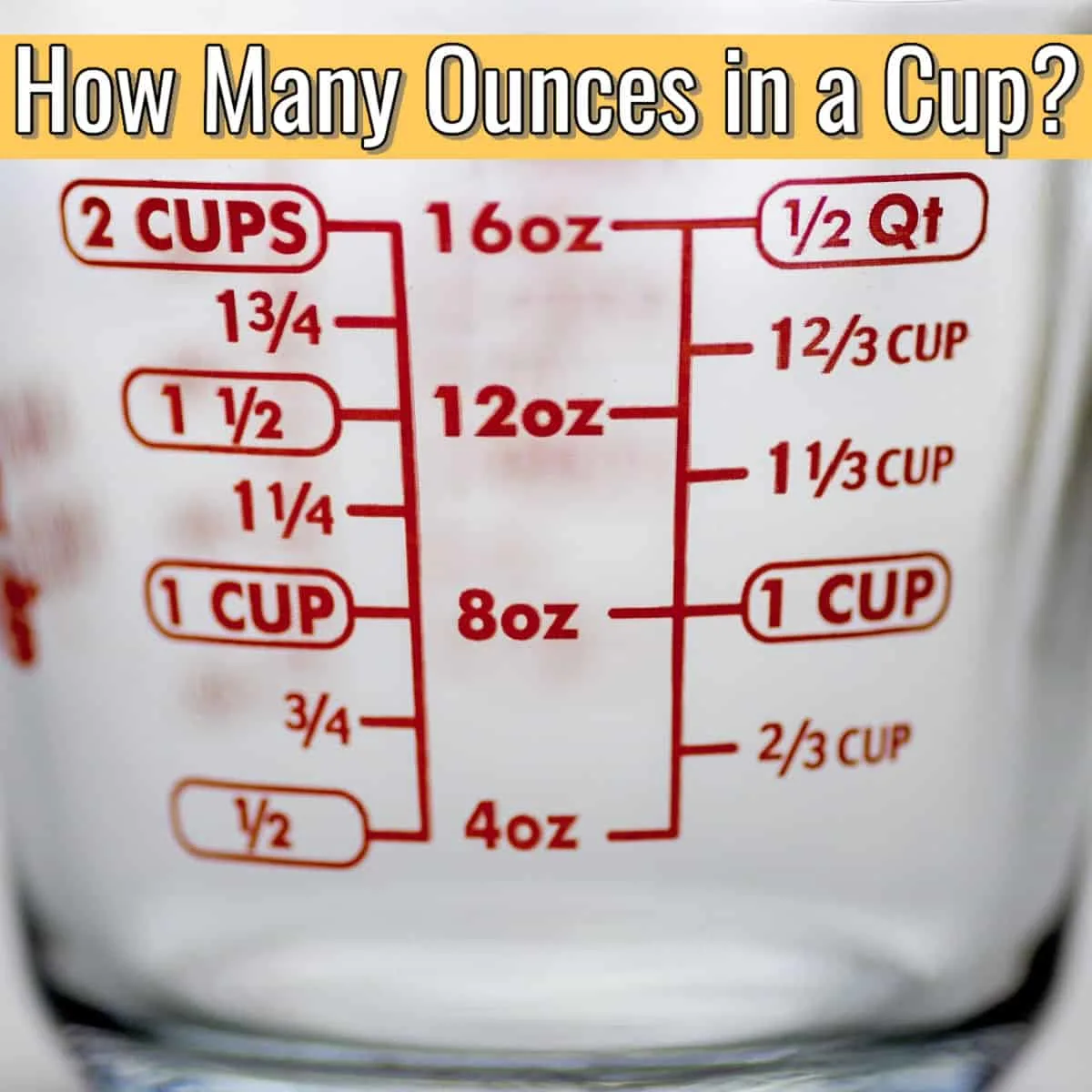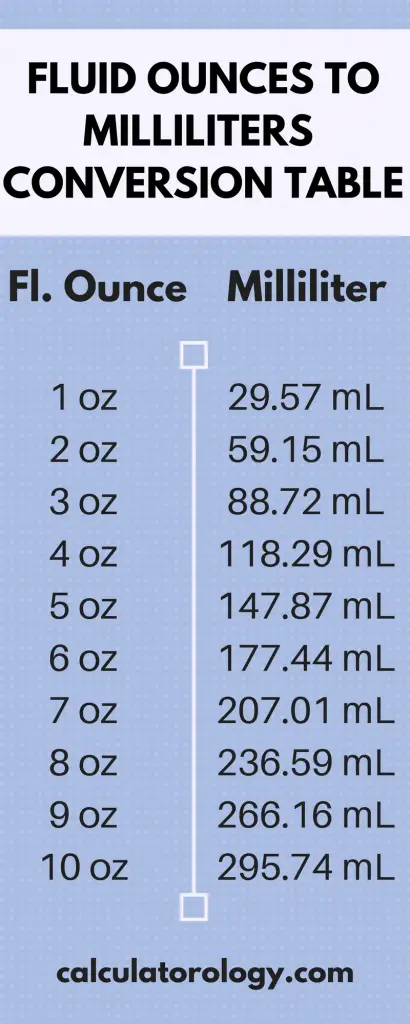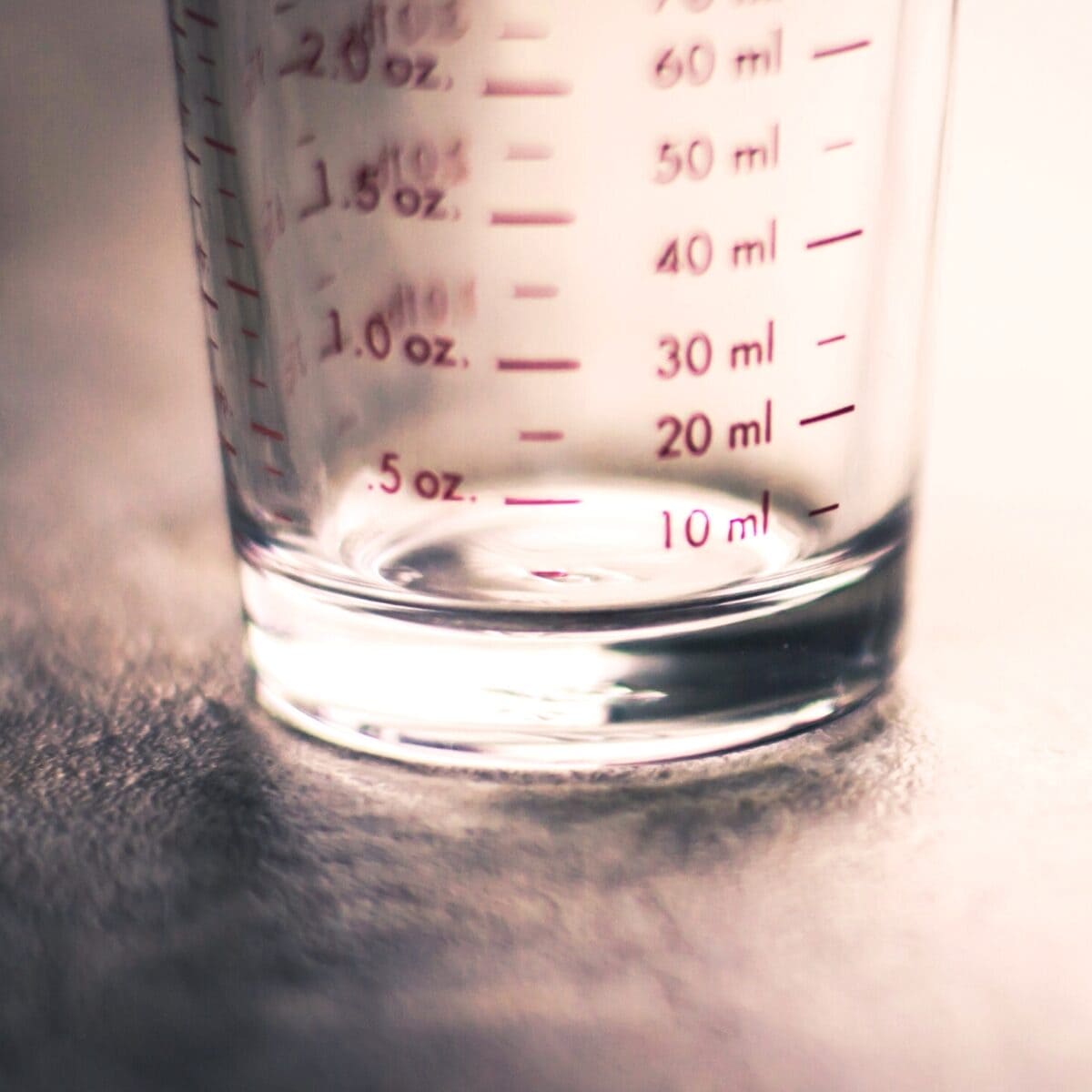How Many Ounces In 1500 Ml

The question of converting milliliters (mL) to ounces (oz) often arises in various contexts, from cooking and baking to pharmaceuticals and international trade. Specifically, understanding how many ounces are equivalent to 1500 mL is a practical need for many.
This conversion hinges on the relationship between metric and imperial units of volume. Determining this equivalence accurately is crucial for precise measurements and avoiding errors. This article clarifies the conversion, its significance, and practical applications.
Understanding the Conversion: 1500 mL to Ounces
The key to converting mL to ounces lies in knowing the conversion factor. There are two common types of ounces: fluid ounces (fl oz) and weight ounces (oz wt). For liquids, which are the subject of this article, we focus on fluid ounces.
One fluid ounce is approximately equal to 29.5735 milliliters. To find the number of fluid ounces in 1500 mL, you divide 1500 by this conversion factor.
The calculation is as follows: 1500 mL ÷ 29.5735 mL/fl oz ≈ 50.72 fl oz. Therefore, 1500 mL is approximately equal to 50.72 fluid ounces.
Importance of Accurate Conversions
Accurate conversions between metric and imperial units are essential for a variety of reasons. In the culinary world, incorrect measurements can significantly alter the taste and texture of a dish.
In pharmaceuticals, precise measurements are critical for ensuring the safety and efficacy of medications. Mistakes in dosage due to conversion errors could have serious health consequences.
Furthermore, in international trade, goods are often measured and packaged using different units. Inaccurate conversions can lead to discrepancies in quantity and potential legal disputes.
Practical Applications of mL to Ounce Conversion
Knowing how to convert mL to ounces is useful in many everyday situations. For example, if a recipe calls for ingredients in milliliters, but your measuring tools are calibrated in ounces, you need to convert.
Similarly, if you are traveling abroad and need to understand the volume of a beverage or product, this conversion is invaluable. Parents often need to know conversions for measuring liquid medications for their children.
Understanding the conversion also helps in comparing product sizes and prices. Consumers can make informed decisions when purchasing items measured in different units.
Considerations and Potential Errors
While the conversion factor of 29.5735 mL per fluid ounce is widely used, it's important to note slight variations exist. In the United Kingdom, for instance, a fluid ounce is defined differently (approximately 28.413 mL).
Rounding errors can also occur during manual calculations. For critical applications, it’s advisable to use a precise online converter or a calculator to minimize these errors.
The difference between fluid ounces and weight ounces should always be considered. Weight ounces measure mass, not volume, and are not relevant for liquid measurements.
Tools and Resources for Conversion
Many online tools and mobile apps are available to assist with unit conversions. These converters are generally accurate and can handle a wide range of units.
Some provide the results with multiple decimals of precision for more demanding applications. Additionally, many measuring cups and containers feature both mL and ounce markings, simplifying the process.
Reference charts and tables that list common conversions are also valuable resources. Having access to reliable conversion tools can prevent errors and streamline tasks requiring unit conversions.
In conclusion, 1500 mL is approximately equal to 50.72 fluid ounces. Understanding and applying this conversion accurately is essential in various fields. Being aware of potential sources of error and utilizing available tools can ensure accurate conversions for optimal outcomes in diverse situations.

:max_bytes(150000):strip_icc()/measurment-conversions-for-recipes-486768_FINAL-5b88683dc9e77c0025b65c8c.png)
